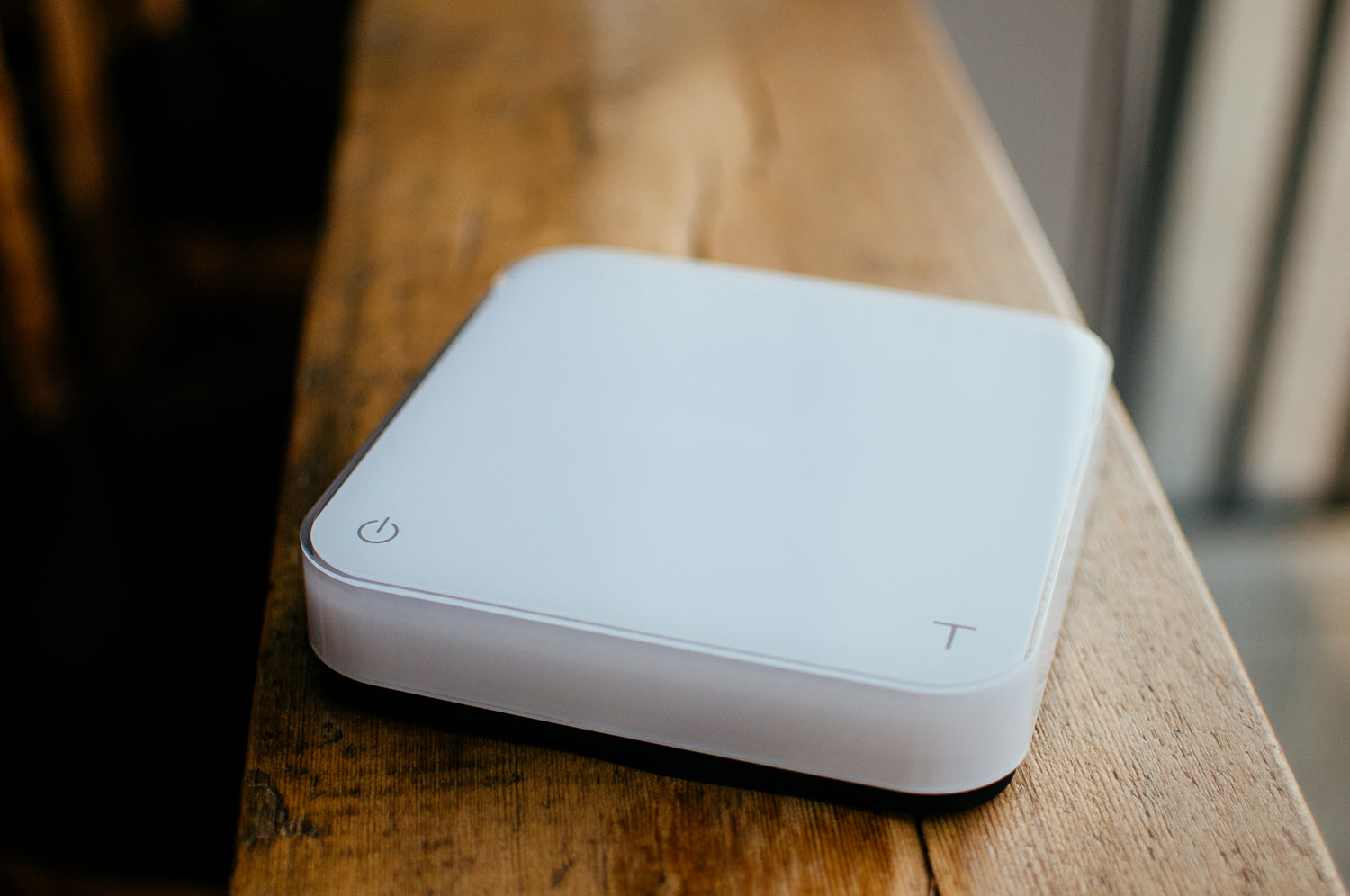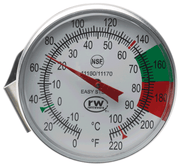Making Delicious Espresso at Home; Weight Based Dialing

For the most part, people end up buying an espresso machine which very quickly becomes an expensive paper weight/cup warmer and is only used when guests come over. And then it takes thirty minutes to pull a few shots of pretty poor, inconsistent espresso.
So how can we make the the process of making good espresso at home simpler?
Weight based dialing. Whilst this can take a minute to get your head around, it’s actually pretty simple and removes the mystique of getting good ‘spro at home. Think about it as a recipe to get you close to a decent espresso as quickly as possible.
This method is about being in command of as many variables as possible, and the equipment below is essential to achieving this.
So what do you need to make a great espresso shot? Apart from the obvious requirements of a good grinder (an espresso grinder would be ideal), an espresso machine, and fresh roasted quality coffee; you will also need a scale (an accurate one, ideally to 0.1g) and a timer (if your machine doesn’t have one built in). And, of course, your discerning taste buds.
This method requires:
- The weight of the dry ground coffee - I start at 19g. This can vary depending on your basket.
- Output weight of espresso - input dry weight x 1.55, in this example 28.7g
- Extraction time - between 25-30 seconds (unless you have a pre-infusion or pressure profile machine - if you don’t know what this means, then you don't)!
Why these parameters? Whilst they are not coffee law, I have found that these parameters should put you in the right ballpark of extraction to get balanced flavours in your espresso.
To guide you through the first few times, the following steps will help you on your way.
- Put your clean, dry portafilter on the scale and zero (tare) it. If the plate is too small, use either the included expansion trays that should come with any good scale or use a small chopping board to extend the size of the plate.
- Grind coffee into basket and check the weight. If weight is over or under, make any adjustments necessary by either removing or adding coffee.
- Distribute coffee in the portafilter. The method I use is by tapping the portafilter on all edges until the coffee looks even.
- Tamp coffee (no need to break the table with your body weight, just apply an even pressure and try to make sure the coffee bed is level).
- Flush the group by starting the pump and letting water come through for a couple of seconds - this ensures it is clean and heated.
- Put your cup on the scale and zero (tare).
- Attach the portafilter and begin the extraction immediately, starting the timer and quickly placing the scale and cup under the portafilter.
- Scales have a lag so when the the scale hits 3-4 grams below your target, stop the extraction. You will learn quickly when you need to stop the machine to hit your desired output weight.
- Scenario 1: the shot pulls at 20 seconds. This means that the grind is too coarse and not providing enough resistance. Solution - Fine the grind
- Scenario 2: the shot pulls at 35 seconds. This means that the grind is too fine and providing too much resistance. Solution - Coarsen the grind
- Scenario 1: Bitterness and/or astringency (drying in the mouth). This may indicate over-extraction Solution - Coarsen the grind
- Scenario 2: Highly acidic/sour/grassy taste. This may indicate under-extraction Solution - Fine the grind
Throughout this process, you are determining your recipe. So make sure you write down the parameters you use - especially the one that achieves your final espresso masterpiece - and then you can use that as your start point next time.
What next? Well, once you are comfortable that you have a good recipe and produce shots that you really enjoy, start playing with the input weight a little and see how a higher or lower dose impacts the espresso. You may find something you like even more!
Subscribe to this blog's RSS feed using https://eightouncecoffee.ca/blogs/news.atom





